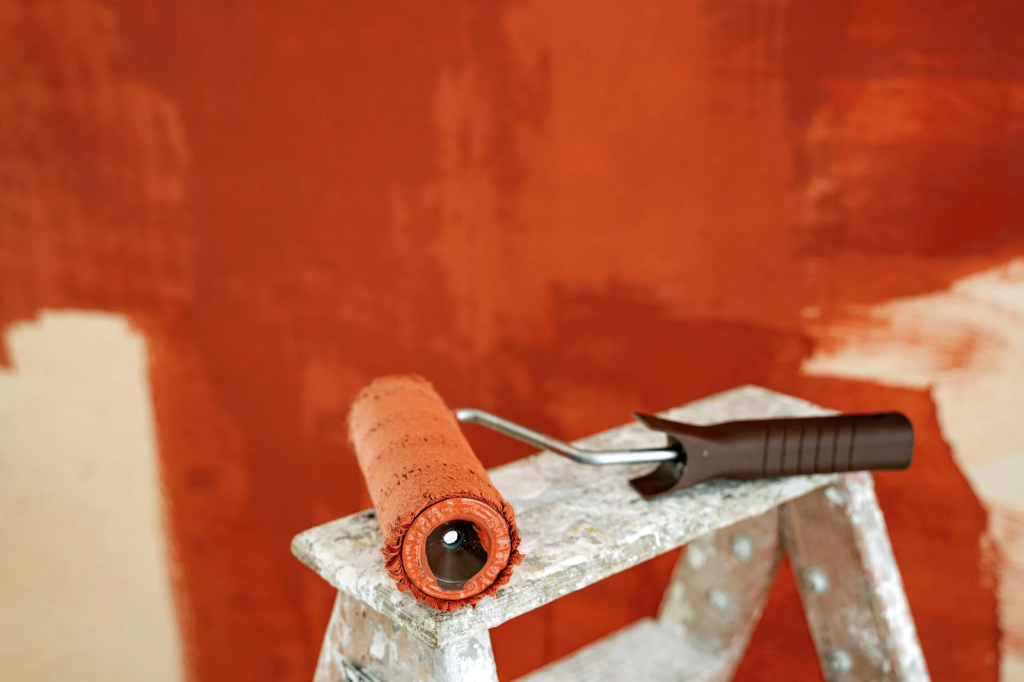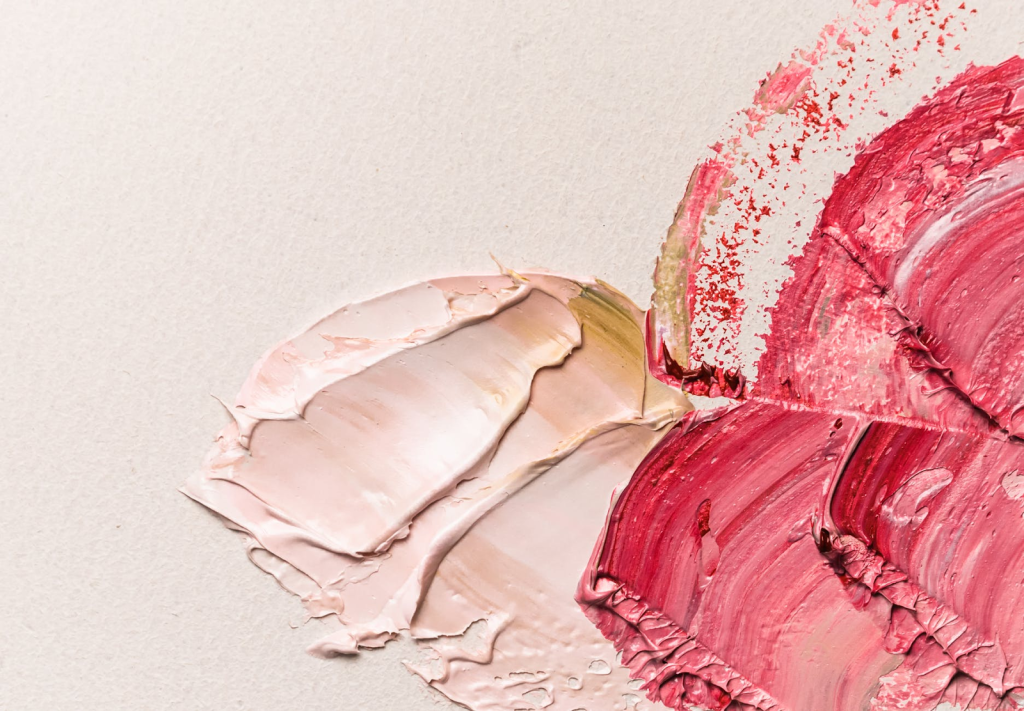
The paint often looks darker after it dries. When refreshing your home, we all envision the perfect paint color.A new coat, whether light or dark, revitalizes any room. However, homeowners often worry: Will the color be darker or lighter once it’s dry?
Many elements impact a paint’s final appearance as it dries.The type of finish and how well the paint is mixed beforehand are crucial. Achieving your desired color is still possible. However, some modifications are needed too align expectations with the final result. We address common questions about how drying influences the actual paint color.
What Factors Influence Paint Color as It Dries?

It’s concerning when your chosen wall color appears inconsistent. Proper mixing and adequate coats usually solve this. Ensure the paint has enough time to dry and fully cure on the walls. This patience leads to a satisfactory, even finish.
Is your paint color lighter than expected? This could be due to several reasons. Perhaps the paint finish wasn’t ideal. Maybe the coat is still new. Or, the paint might not have been mixed well enough. These are typical reasons for paint drying lighter or darker than anticipated, requiring adjustments. We’ve compiled the usual elements affecting the final color after the paint dries.
Finish
Paint finishes greatly impact the final color.Matte, flat, and eggshell finishes frequently enough appear lighter due to their chalky texture after drying. Glossy paints, however, reflect light, altering their appearance under different lighting conditions. use paint swatches to adjust the shade, ensuring you achieve your desired color after the paint dries completely. This approach helps in predicting the final look accurately.
Lighting
Lighting considerably impacts how paint appears. It can trick your eyes, making the color seem lighter or darker as it dries. Before selecting a color and finish, assess the room’s natural and artificial light sources. Consider the number of windows and lights to adjust the paint shade.This ensures you achieve your desired color effect.
Understanding light sources and intensity is key when painting any room. This significantly affects the paint’s final color. Paint colors shift as they dry and interact with light. Sunlight’s position and direction greatly influence these color changes. South-facing rooms recieve more light than others.Light paints can look faded in luminous light, while dark paints appear more vibrant.
what Types of Paint appear Darker When Dried?

Generally, most paints dry to a darker shade. however, acrylic and enamel paints tend to darken more noticeably than others. Applying several coats can help maintain the paint’s true color, nonetheless of the surface or initial color.Whether using dark or light shades, multiple coats are crucial for concealing imperfections.
Even with dark paint, several coats are essential. Don’t settle for just one! Priming your walls beforehand is also beneficial. Conversely, light paints frequently enough appear more vibrant as they dry. A single coat is rarely sufficient,as light exposure can accentuate any flaws or imperfections on the surface.
What Types of Paint Appear Lighter When Dried?
Dark paint colors sometimes dry lighter than expected,leaving a faded or aged appearance. While undesirable, this color shift is often due to environmental factors. We’ll explore ways to anticipate and manage your expectations regarding paint color outcomes. It’s disappointing to witness a surface lighten as the paint dries, so let’s understand why it happens.
What is the Best Type of paint that is True to Color?
Latex paint utilizes synthetic acrylic binders,resulting in a water-based finish. This paint forms a protective layer, effectively preventing corrosion. latex paint typically maintains its intended color when properly mixed with water. For optimal color accuracy on walls, thorough mixing of the paint and water is strongly advised.
Being water-based, latex paint’s final shade is in your hands. This flexible paint type accurately reflects its color, even after drying. It’s user-friendly, simpler than oil-based options, and dries quickly. Latex paint excels in its diverse range of finishes and colors. You’re sure to find your perfect shade in latex.
Beyond paint types, matte and satin finishes are highly recommended. These finishes minimize light reflection and absorption. This ensures you achieve the true color of your chosen shade. Once dry, matte or satin paints deliver the color you anticipate.
Do Multiple Coats Make the Finish Appear Darker?
Typically,achieving perfect surface coverage requires two to three paint layers.But, does this darken the final color after drying? Yes, it slightly alters and darkens the shade, but subtly. The difference is often imperceptible, even when compared to the original swatch. Applying only one coat isn’t sufficient. It can accentuate wall imperfections, defeating the purpose of painting.
How to Avoid Darker or Lighter Than Expected Paint?
If wall color is crucial and lighting significantly impacts your perception, focus on precise adjustments.We’ve compiled tips to help you achieve the exact shade you desire, avoiding unexpected darker or lighter results. Use these guidelines for your next painting project to ensure a refreshing room ambiance.
